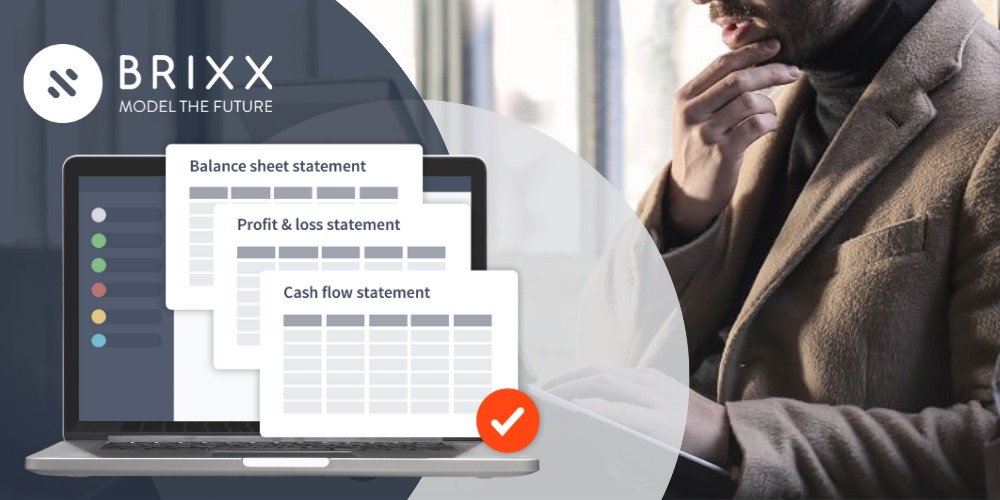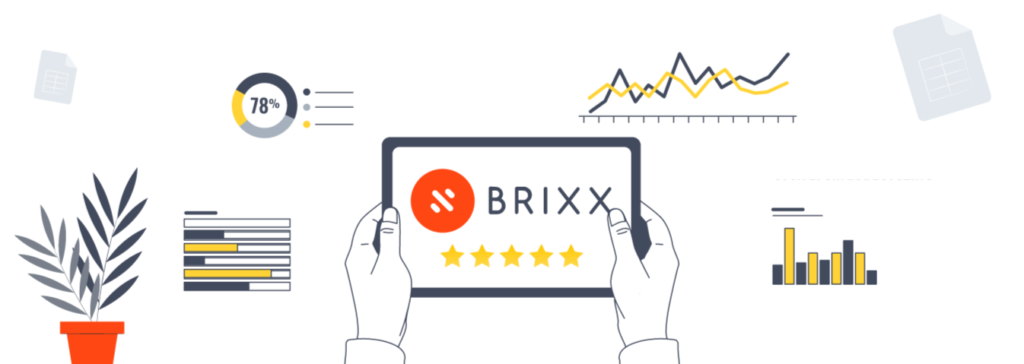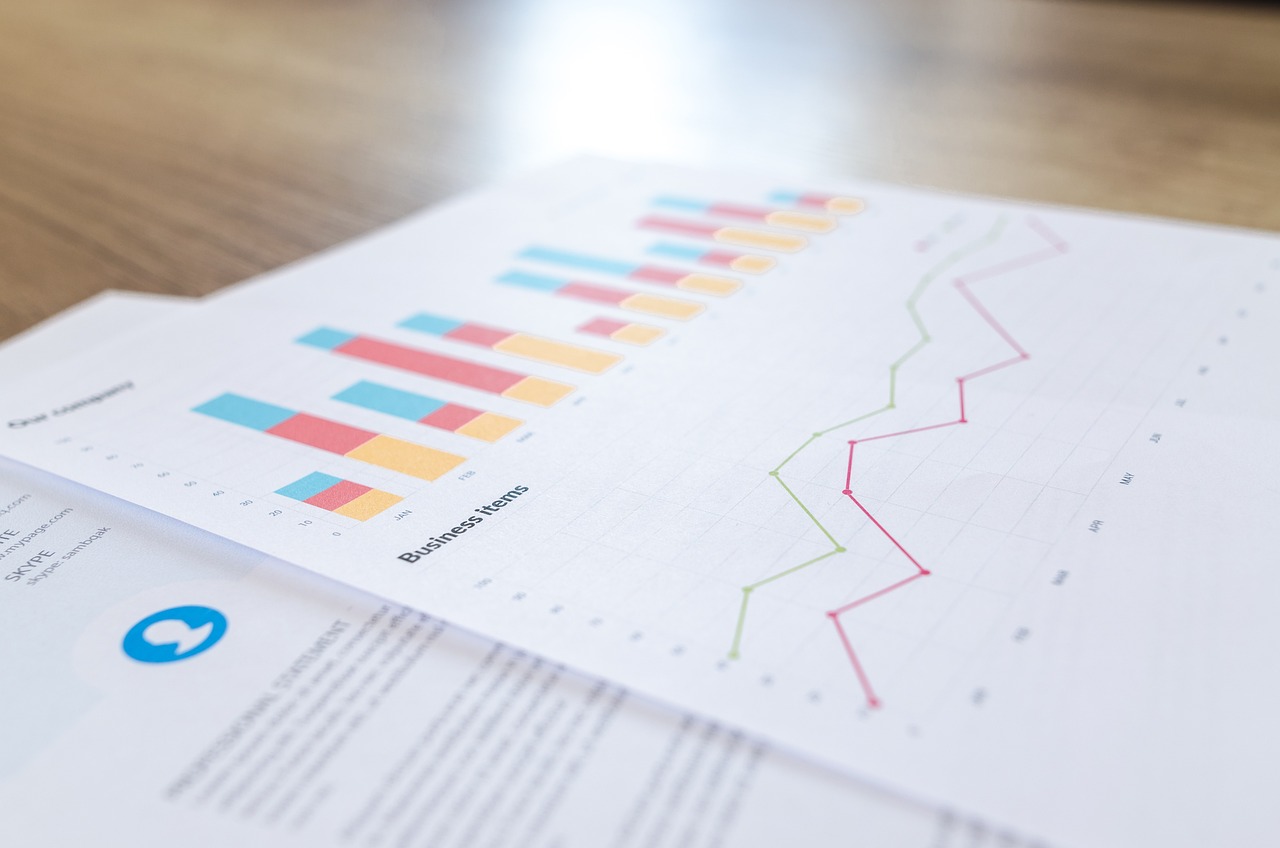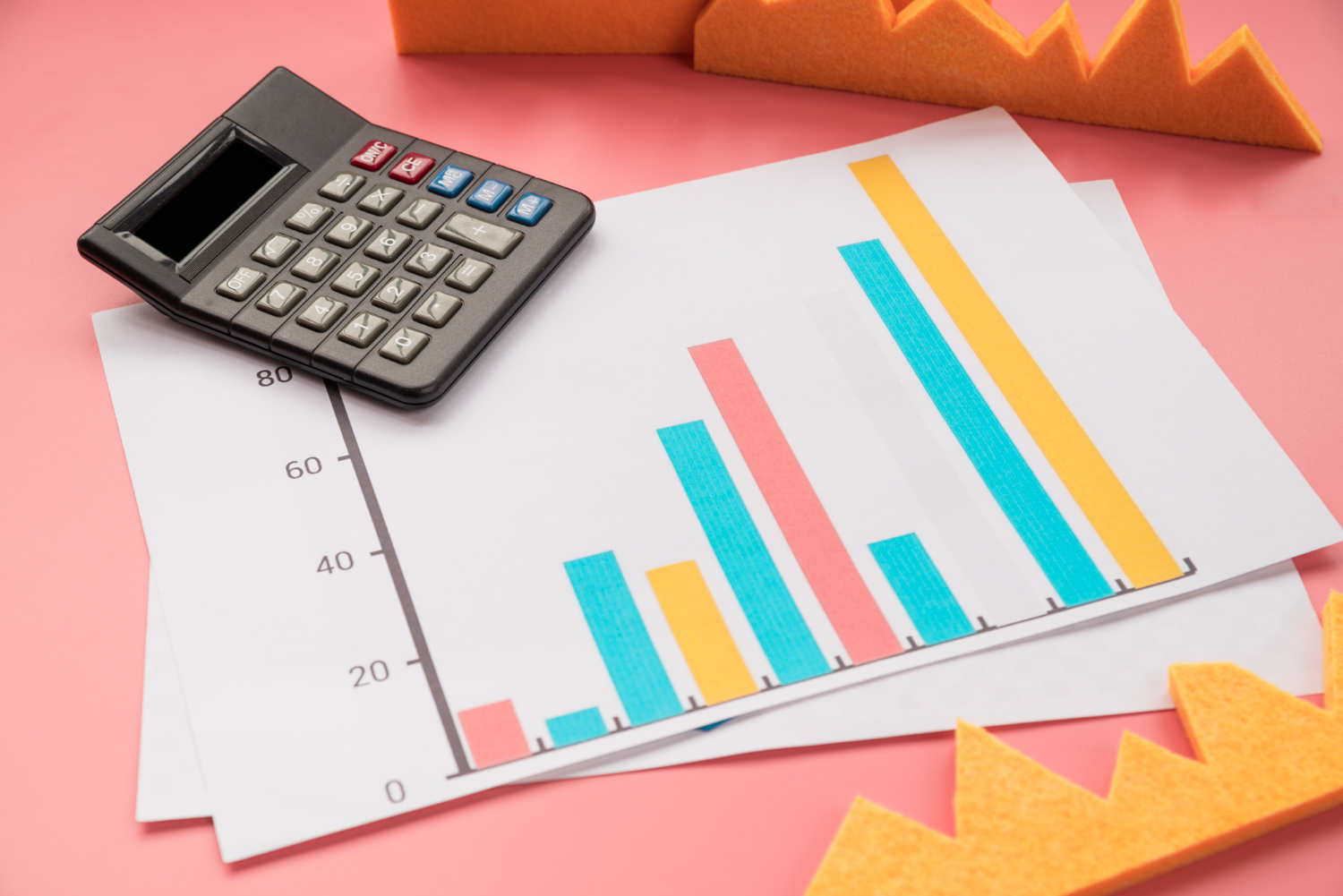

What are the three financial statements?
Financial statements are one of the most important aspects of any business, providing a fantastic snapshot of its financial health. The three primary financial statements are the Cash Flow Statement, the Income Statement (also known as Profit & Loss), and the Balance Sheet. These reports offer different perspectives on a company’s financial status, helping stakeholders make informed decisions.
Understanding the big three financial reports
The Cash Flow Statement, Income Statement, and Balance Sheet are often referred to as the “big three” in financial reporting. They provide a comprehensive view of a business’s financial activities, from liquidity to profitability and overall financial stability. Understanding these reports is crucial for business owners, investors, and other stakeholders.
a) Guide to the Cash Flow Forecast Report
b) Guide to the Profit and Loss Forecast Report
c) Guide to the Balance Sheet Forecast Report
1. Cash flow statement
The Cash Flow Statement provides a detailed look at a company’s cash inflows and outflows over a specific period. It helps stakeholders understand how a business generates and spends cash, offering insights into its liquidity and operational efficiency.
Key questions the cash flow can answer:
- How much money does the company have on hand?
- What are the sources and uses of cash during a specific period?
- Can the business meet its short-term obligations?
Key features
- Cash flows from operating activities: This section shows the cash generated or used in the core business operations.
- Cash flows from investing activities: This part outlines cash used in or generated from investments like buying or selling assets.
- Cash flows from financing activities: Here, you’ll see cash transactions related to the business’s funding, such as loans or equity.
- Net cash flow: This is the total cash inflow minus the total cash outflow, giving a snapshot of the business’s liquidity.
2. Income statement
The Income Statement, also known as the Profit & Loss Statement, summarizes a company’s revenues, costs, and expenses over a specific period to show its profitability. It’s a vital tool for assessing the financial performance of a business.
Key questions the profit & loss report can answer:
- Is the business profitable?
- What are the major expenses?
- How much revenue is the business generating?
Key features
- Revenue: This is the total income generated by the business.
- Cost of goods sold (COGS): These are the direct costs related to producing the goods or services sold.
- Gross profit: This is the revenue minus COGS.
- Operating expenses: These are the costs related to the day-to-day running of the business.
- Net profit: This is the bottom line, showing the business’s profitability after all expenses are deducted from revenue.
3. Balance sheet
The Balance Sheet is a snapshot of a company’s assets, liabilities, and equity at a specific point in time. It provides a comprehensive view of what a business owns, owes, and the equity held by its shareholders.
Key questions the balance sheet can answer:
- What assets does the business own?
- What liabilities does the business owe?
- What is the net worth or equity of the business?
Key features
- Assets: These are what the business owns, including both current assets like cash and long-term assets like property.
- Liabilities: These are the obligations that the business needs to fulfill, both short-term and long-term.
- Equity: This represents the ownership interest in the business, calculated as Assets minus Liabilities.
Summary comparison of the three financial statements
Below the table, you’ll find a concise comparison that outlines the key features, purposes, and questions answered by the Cash Flow Statement, Income Statement, and Balance Sheet.
| Feature/Statement | Cash Flow Statement | Income Statement | Balance Sheet |
|---|---|---|---|
| Purpose | Tracks cash inflows and outflows | Measures profitability | Shows assets, liabilities, and equity |
| Time Period | Specific period (monthly, quarterly, annually) | Specific period (monthly, quarterly, annually) | Specific point in time |
| Key Questions Answered | How much cash is available? Where is cash coming from and going? | Is the business profitable? What are the major expenses? | What assets does the business own? What liabilities are owed? What is the equity? |
| Main Sections | Operating, Investing, and Financing Activities | Revenue, COGS, Gross Profit, Operating Expenses, Net Profit | Assets, Liabilities, Equity |
| Used By | Management, Investors, Creditors | Management, Investors, Creditors | Management, Investors, Creditors |
| Indicates | Liquidity and cash management | Profitability and performance | Financial position and net worth |
| Frequency of Update | Periodically (monthly, quarterly) | Periodically (monthly, quarterly) | Usually annually or quarterly |
Empower your business with Brixx
Get started with our forecasting software so that you can plan your business' future
Brixx can help
Understanding financial statements can be a daunting task, especially for those without a financial background. That’s where Brixx comes in. Brixx acts as a software for financial reporting and simplifies the process of creating and understanding these crucial financial reports. With pre-configured templates and educational features, Brixx helps you focus more on running your business and less on crunching numbers.
One of the standout features of Brixx is its 3-Way Forecast, which combines the Cash Flow Statement, Income Statement, and Balance Sheet into a single, comprehensive forecast. This allows you to see how changes in one area can impact the others, providing a more holistic view of your business’s financial health.
- Download the cash flow forecast template
- Download the profit and loss template
- Download the balance sheet template
By using Brixx, you can easily generate the “big three” financial statements based on your business activities and plans, making financial management more accessible and less intimidating.
Empower your business with real-time financial insights.














